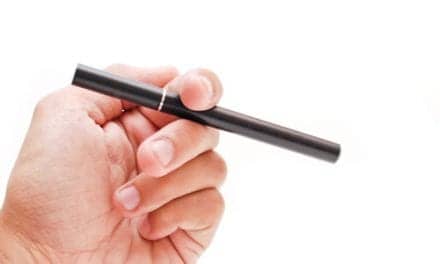Mayo Clinic has announced that it performed its first donation after cardiac death (DCD) lung transplantation a year ago. The recipient was a 59-year-old man who had alpha-1 antitrypsin deficiency – an inherited condition associated with emphysema. He also was a former tobacco user.
The report in the February issue of Mayo Clinic Proceedings says the recipient is doing well, walking approximately 3 to 4 miles a day. Prior to his transplant, the recipient’s forced expiratory volume in the first second (FEV1 ) – a measure of lung function and the ability to breathe – was at 20% of normal, but at his appointment in January 2010, his FEV1 was at 103%—beyond normal.
Lung transplantation is a well-known therapy for patients with end-stage lung disease. As with other patients waiting for organs for transplantation, however, there are more recipients waiting than there are donors available. Over the past few decades, brain death has become the most widely used criteria for organ donation, even though the earliest organ donations were from deceased donors following cardiac death. Donation after cardiac death organ procurement expands the number of potential organs available to patients in need of organ transplants to live.
“Today, our critical shortage of organs has brought about renewed interest in DCD procurement,” says Stephen Cassivi, MD, Mayo Clinic thoracic surgeon and lead study author. “As with our first patient in this report, we see this form of transplantation as a further needed opportunity to turn the inevitable tragedy for the donor and his or her loved ones into hope and life for transplant recipients.”
Source: EurekAlert









